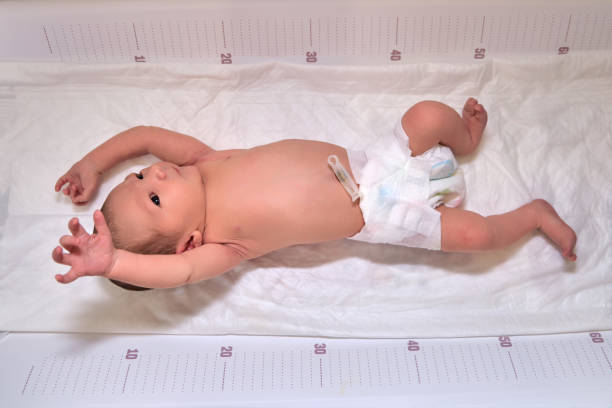By Kaysie Smith, MSOTR/L, CLC
From the moment your child is born, their brain is busy wiring up the skills they’ll need to thrive—starting with reflexes that help them navigate the world. Primitive reflexes are automatic, involuntary movements that babies are born with. They’re essential for survival and early development—but here’s the key: they’re supposed to disappear, or "integrate," as a child grows. When these reflexes stick around longer than they should, they can interfere with motor coordination, sensory processing, attention, and even emotional regulation.

What Are Primitive Reflexes?
Primitive reflexes are the brainstem-driven movements we all start life with. For example:
These reflexes help babies learn to move, interact with their environment, and develop postural control. But they should naturally integrate as the brain matures—usually within the first year of life.
What Happens If Reflexes Don’t Integrate?
If a child retains primitive reflexes beyond the typical age, they may experience:
For example, a retained ATNR can make it hard for a child to cross midline—an essential skill for reading and writing across a page. That child might tilt their head or move their whole body to track words, leading to fatigue and frustration in the classroom.
Why Reflex Integration Therapy Helps
Occupational therapists assess reflexes as part of a holistic developmental evaluation. If retained reflexes are present, we use neurodevelopmental movement-based exercises to help "repattern" the brain and support integration. These movements are purposeful and repetitive—essentially giving the nervous system a second chance to develop the way it was meant to. Over time, we see improvements in coordination, focus, emotional regulation, and overall confidence.
Signs Your Child Might Benefit from Reflex Integration Exercises
If your child:
…it may be worth scheduling a developmental occupational therapy evaluation.
Final Thoughts
Retained primitive reflexes are more common than you might think—but the good news is, with the right support, kids can catch up and thrive.
Early intervention can make a world of difference, and reflex integration is a powerful tool in helping children unlock their full potential—academically, socially, and emotionally. Specific movement patterns and play-based activities are used to support the nervous system and help integrate reflexes.
If you are curious about reflex integration, don’t hesitate to reach out to our team at Gro!